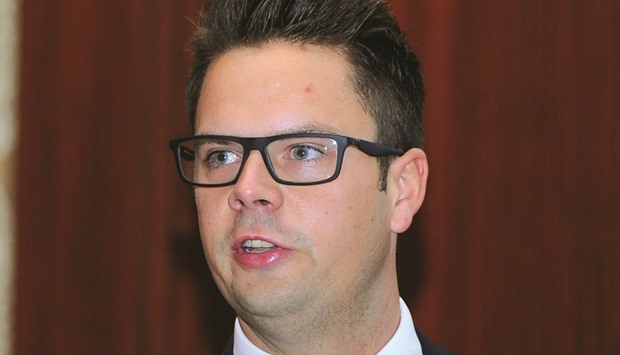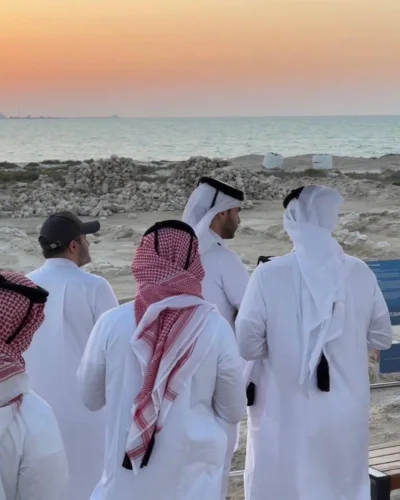Malls in Qatar continue to record high occupancy levels despite expensive rental rates, an expert from global real estate services firm DTZ has said.
Despite costly mall space, “tenants continue to hold on,” according to Richard Rayner, chartered surveyor, Valuation Advisory at DTZ.
“Mall tenants are still taking up space because they want to be in these malls and they don’t want to be left out, explained Rayner, who noted that the players in the retail market are gearing for an uptick in the economy in the roundup to the 2022 FIFA World Cup.
Rayner stressed that the retail sector “has been doing a lot well since the last few years.”
“For establishments such as Mall of Qatar or the Doha Festival City, their asking levels are still quite high. But if you look at Doha Festival City, their pre-let occupancy is still very high, as well.
“So, the retail sector is doing very well at the moment but there has to be an increased demand, obviously, to support the revenues of the malls.
But at the moment, we’re not seeing any changes in this and they’re still commanding very high rents and they’re doing very well,” Rayner said.
DTZ, in its “Q2 2016 Qatar Market Report” released recently, said prime malls command between QR260 and QR300 per square metre per month for the standard line units, while larger stores can secure rents of between QR170 and QR220/sq m per month.
“Upcoming retail developments such as Mall of Qatar, Doha Mall, and Doha Festival City have been able to secure a number of international brands at premium rents to those paid in existing malls, however, DTZ understands that competition between developers for tenants has increased in recent months due to the quantity of retail space that will be available,” the report said.
Also, Rayner noted that many property developers are waiting for the market to pick-up in the roundup to the World Cup in 2022.
“The infrastructure is in place and there’s a lot going on at the moment, and obviously that’s purely in the build-up to the FIFA World Cup in 2022,” said Rayner, referring to the Lusail City project.
“I think what will happen is that development would ramp-up from about 2018 to 2020 so that, again, those developments are completed in time for the World Cup and what you’ll see then is there will be a fully-functioning city,” he said.
Rayner added: “But I think people are definitely holding off for another year or two to begin their development because you don’t want to build or complete it too soon because you won’t have the demand. By 2020, what you may see is government bodies moving to Lusail from West Bay or anybody who wants to live in that part of the country.”

Rayner: Qatar retail sector is doing very well. PICTURE: Shaji Kayamkulam



